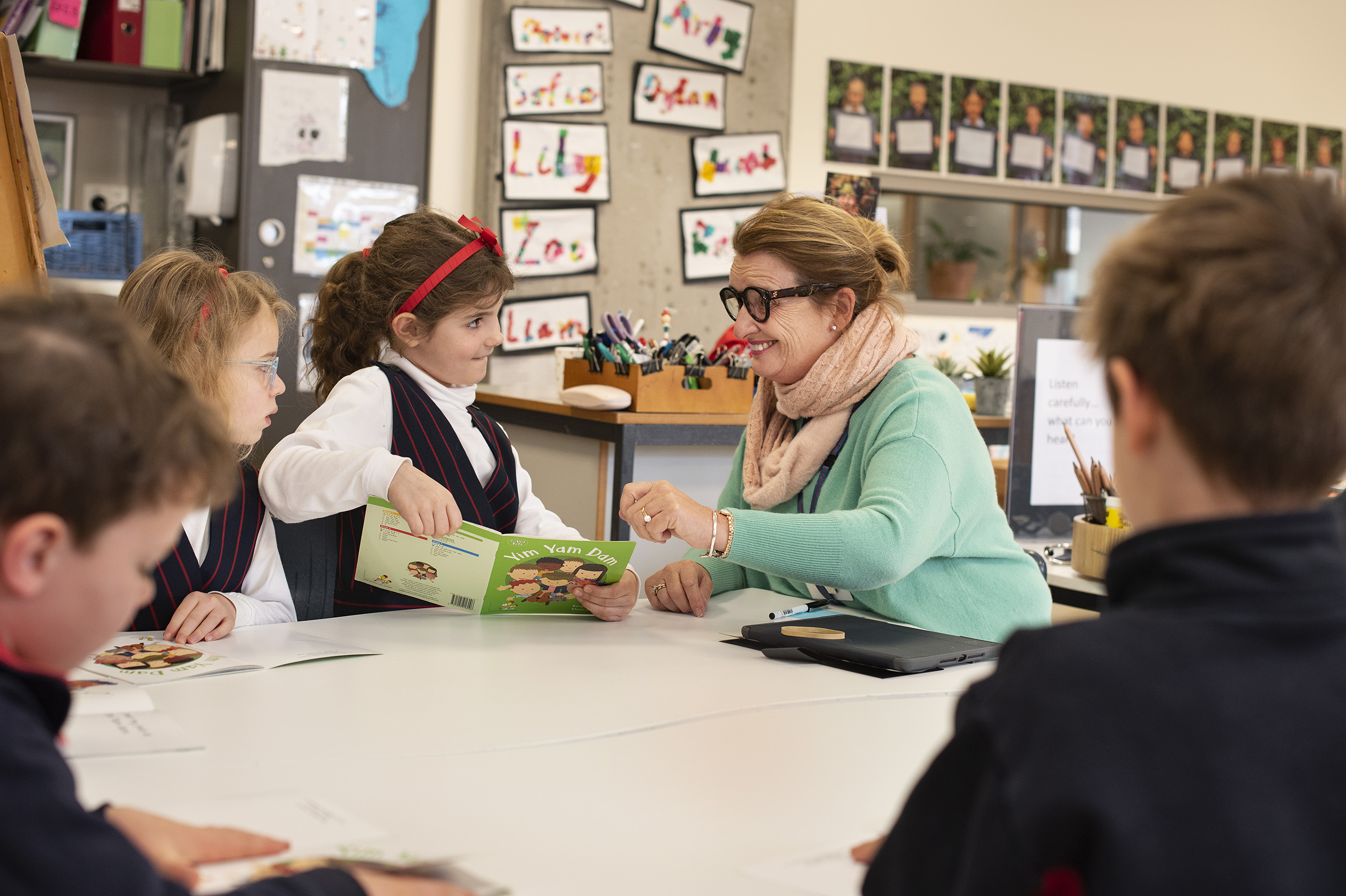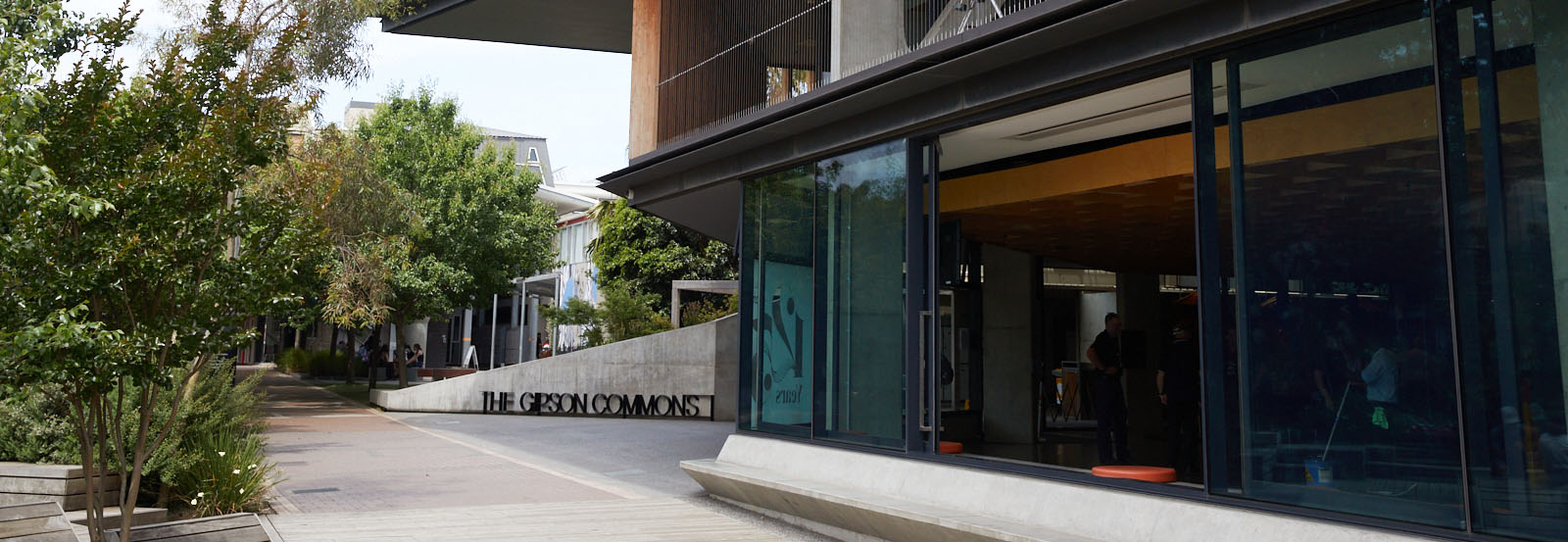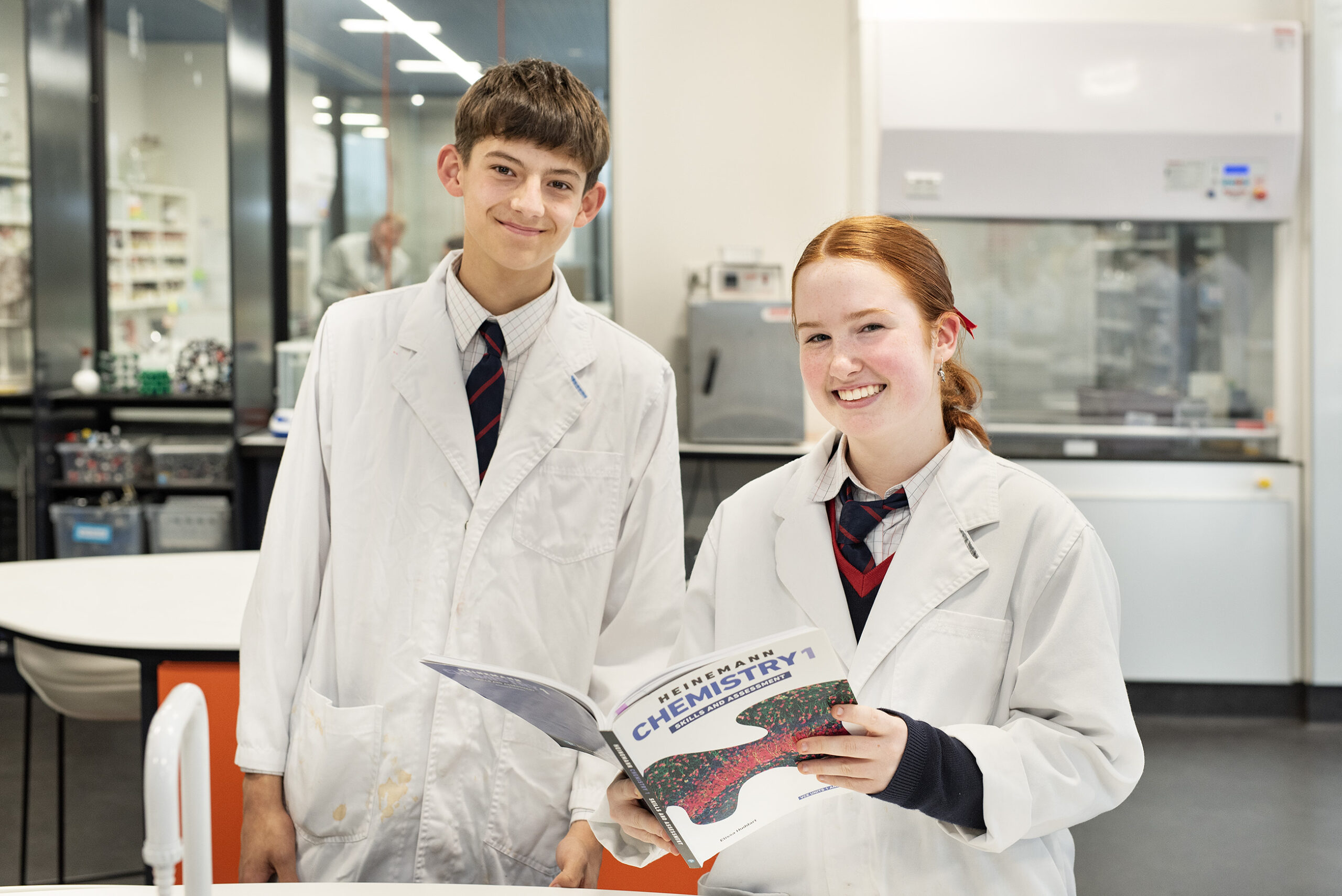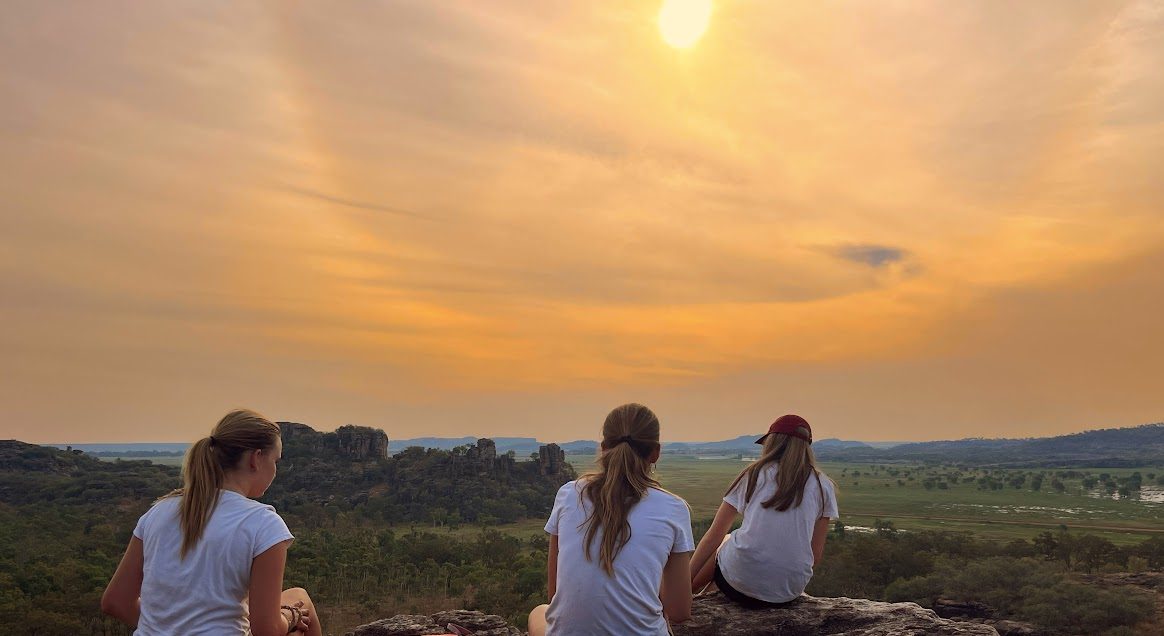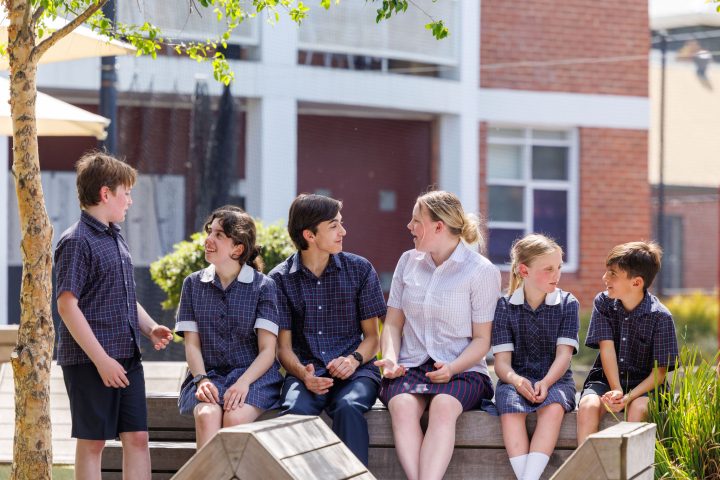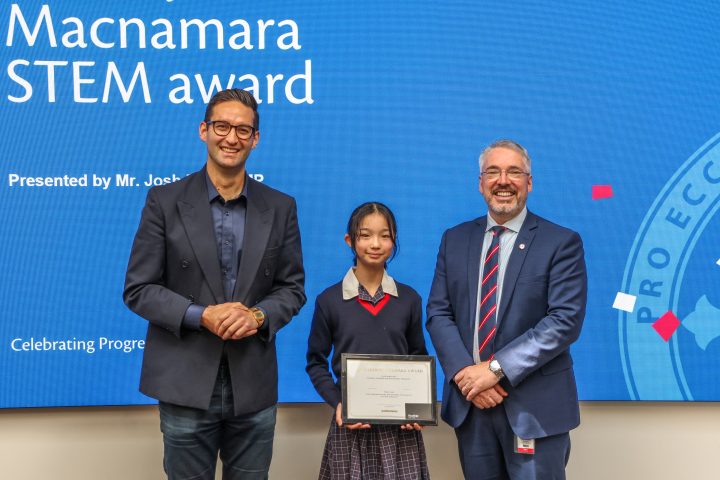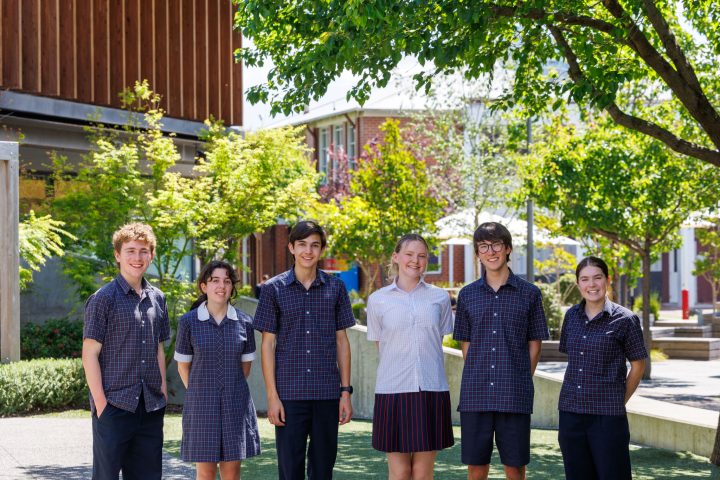Peta Lawler, St Michael’s Director of Experiential Learning, wants to remove taboo around the unique challenges girls and women may face when embarking on outdoor education experiences.
After recently delivering her talk, Periods are Wild to over 200 Outdoor Education practitioners across Victoria, we sat down with Peta to learn more about her research, and what needs to change across the sector.
The impact has been remarkable. Student engagement in our programs has increased exponentially, and the types of questions we now receive from students and parents reflect a genuine cultural shift. What was once whispered about is now being asked openly, with curiosity and positivity. That is powerful change.
What is the objective of your ‘Periods are Wild’ talk?
The core objective of Periods are Wild is to give agency and openness to conversations around a topic that is still too often seen as taboo, despite the fact that menstruation is a normal and predictable part of life.
My research, which has spanned several years, shows a consistent pattern: young people would consider not attending camp purely because they might have their period. And yet, when we asked what would make a difference, their suggestions were strikingly simple and achievable—things like access to products, dignity in disposal, opportunities to rest, or clear communication.
The solutions are not complex, but the impact is profound. By naming the issue, removing the stigma, and implementing practical changes, we can ensure that students don’t miss out on formative experiences in the outdoors.
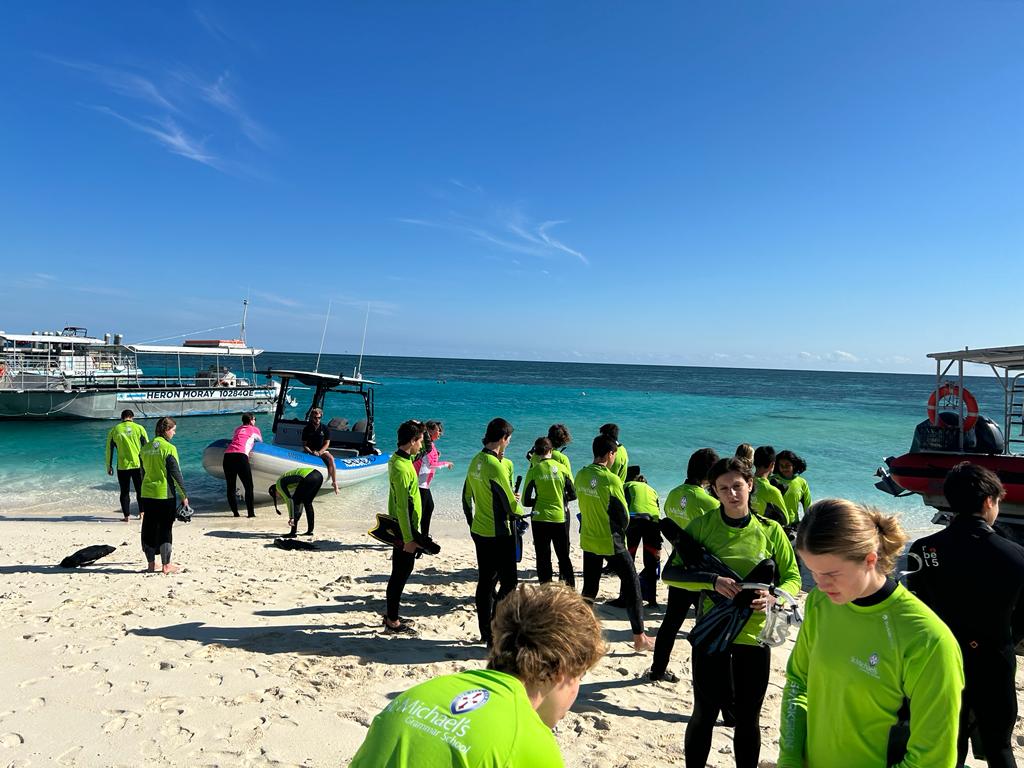
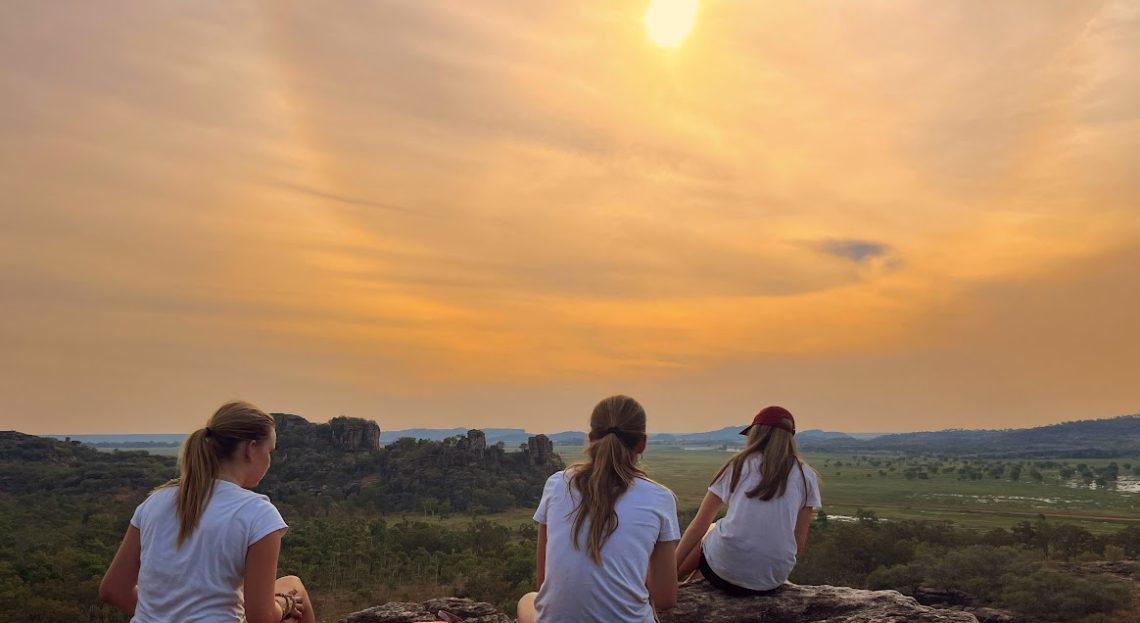
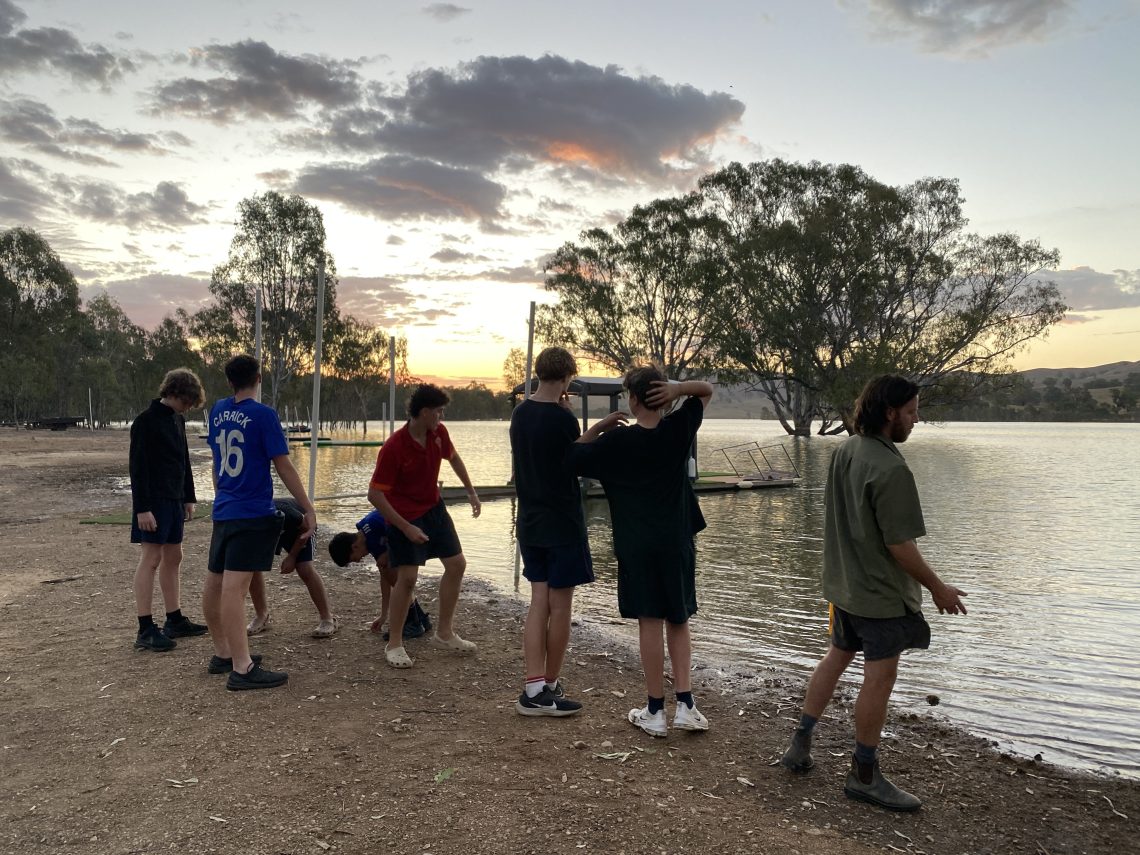
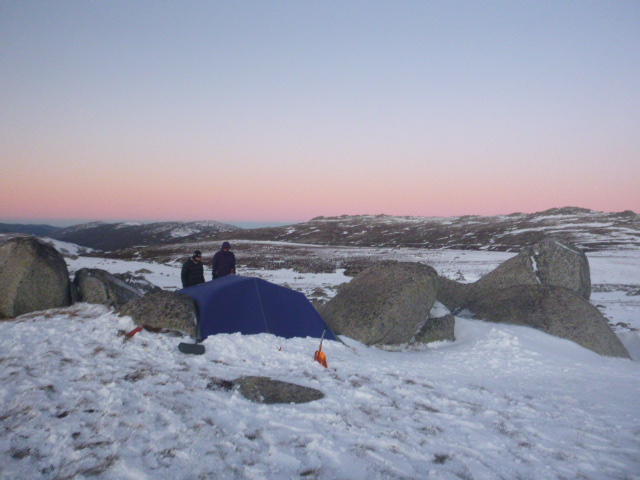
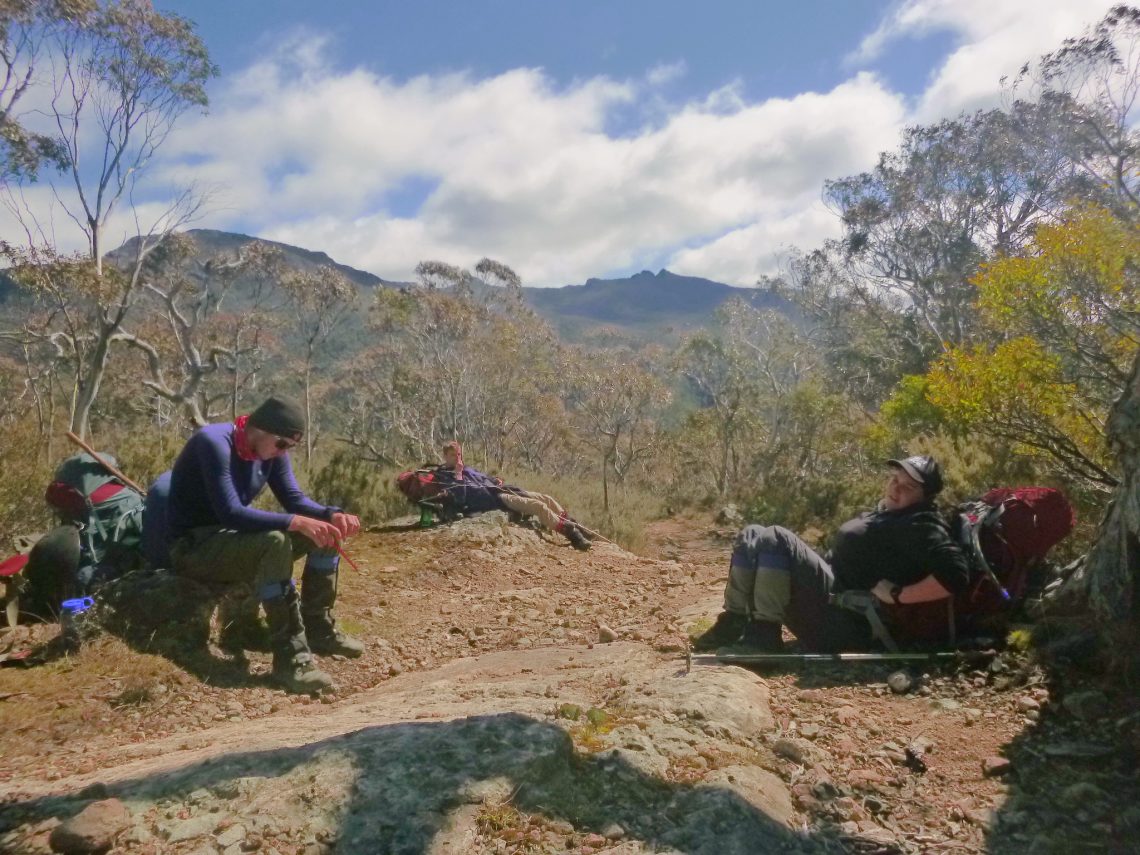
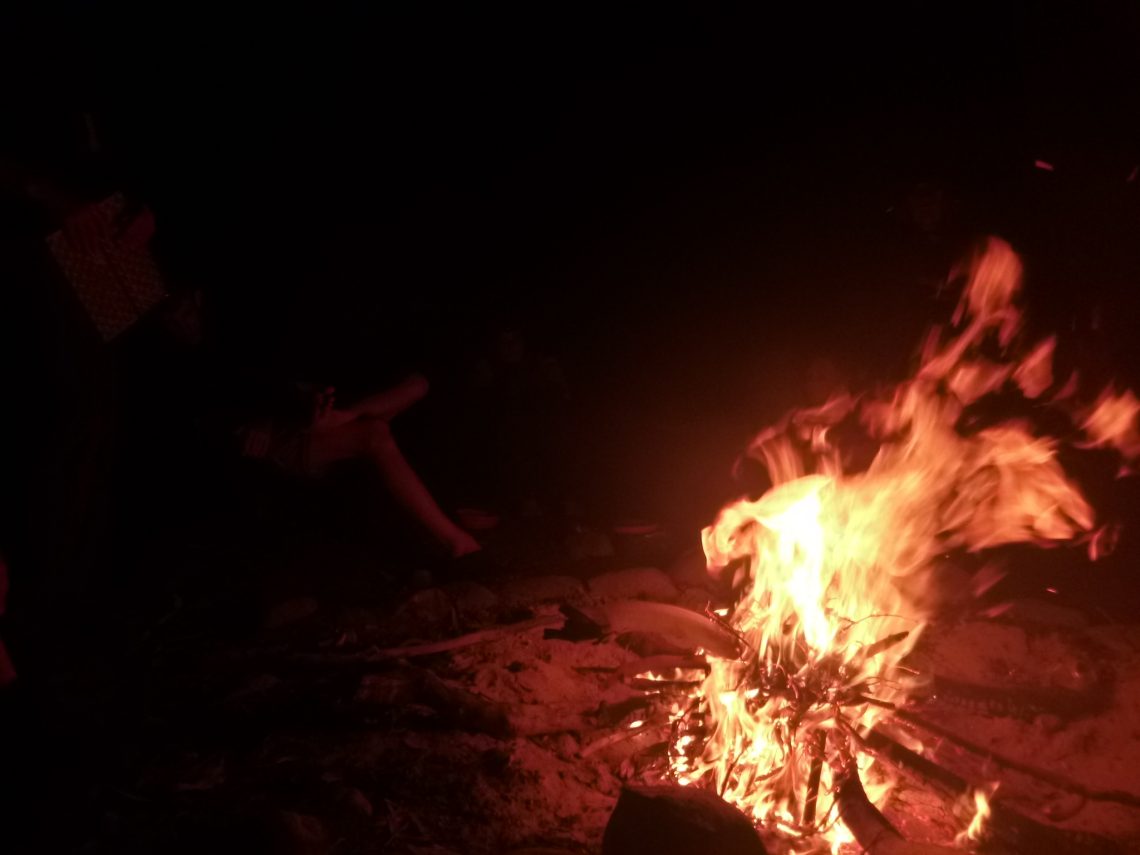
Who attends the talk?
The audiences for this talk are managers, program designers, teachers, and group leaders—people who shape experiences for young people. For them, Periods are Wild provides both a benchmark and a challenge: how do we design programs that account for complexities such as pain management, access to toilets, or dignity in care? It also equips staff with insights into the lived realities of participants, especially girls and women, and how small design adjustments can shift a program from exclusionary to empowering.
The work more recently has gained significant traction—most recently the Outdoors Victoria Conference, and we’ve just found out it will be included in a Global Outdoor Learning conference. A piece is also under review for the Journal of Experiential Education. These platforms show that the conversation is not only relevant, but essential, and it’s resonating well beyond where I initially imagined it would lead.
What are the unique challenges girls and young women may navigate during outdoor education activities? Which factors influence how equipped a student or staff member is to manage these challenges?
Girls and young women may face challenges such as limited access to hygiene facilities, managing pain or fatigue, and dealing with the fear of embarrassment or stigma. The ability to manage these challenges depends on several factors: whether staff have planned for access to toilets and disposal, whether students have been prepared through pre-program information, and whether schools foster open communication. Crucially, it also depends on whether staff themselves feel supported—because teachers and outdoor educators are often quietly navigating these same challenges in the field.
Why is this work important to you as an Outdoor Education leader and woman?
For me, it’s deeply personal—but not in the way people often assume. It’s not about my own experiences, but about my daughter. I want her, and her peers, to step into these amazing experiences one day without unnecessary barriers. I want them to embrace the epic, life-shaping opportunities the outdoors offers without hesitation.
It’s also about recognising the added complexity for field staff and teachers. They are professionals, but they are also humans—many living with endometriosis, peri/menopause, or other reproductive health challenges. Around 1 in 7 women are diagnosed with endometriosis, and then we consider areas like peri/menopause as part of our education. These realities shape how staff experience their work, and they deserve to be acknowledged, planned for, and supported.
What can be done at the school level to equip everyone with better understanding moving forward? What is being done at St Michael’s?
At the school level, the most important steps are about normalising conversations, embedding practical strategies, and designing programs that prioritise wellbeing. At St Michael’s, this has meant a complete overhaul of our Experiential Learning program in Senior School in partnership with The Outdoor Education Group. We redesigned our scope and sequence with wellbeing as a central principle. This included ensuring access to toilets and showers, student advocacy in their program choices/complexity and creating pre-departure literature and briefings so families and students felt equipped. It is an ongoing shift in the programs, and our team is proud of this work.
The impact has been remarkable. Student engagement in our programs has increased exponentially, and the types of questions we now receive from students and parents reflect a genuine cultural shift. What was once whispered about is now being asked openly, with curiosity and positivity. That is powerful change.
Any other comments?
This work sits in a sector often described as male-dominated—but it cannot remain that way when so many participants, teachers, and group leaders are women. Their voices, experiences, and needs must be integral to how we design, deliver, and lead programs.
For me, Periods are Wild has never just been about periods—it’s about dignity, inclusion, and making sure that outdoor education is for everyone. The shift in understanding and openness I’ve seen in just a few years makes me incredibly hopeful. It shows that when we talk openly, listen carefully, and act pragmatically, we can create outdoor education experiences where no student—or staff member—feels held back by something that is simply part of life.






